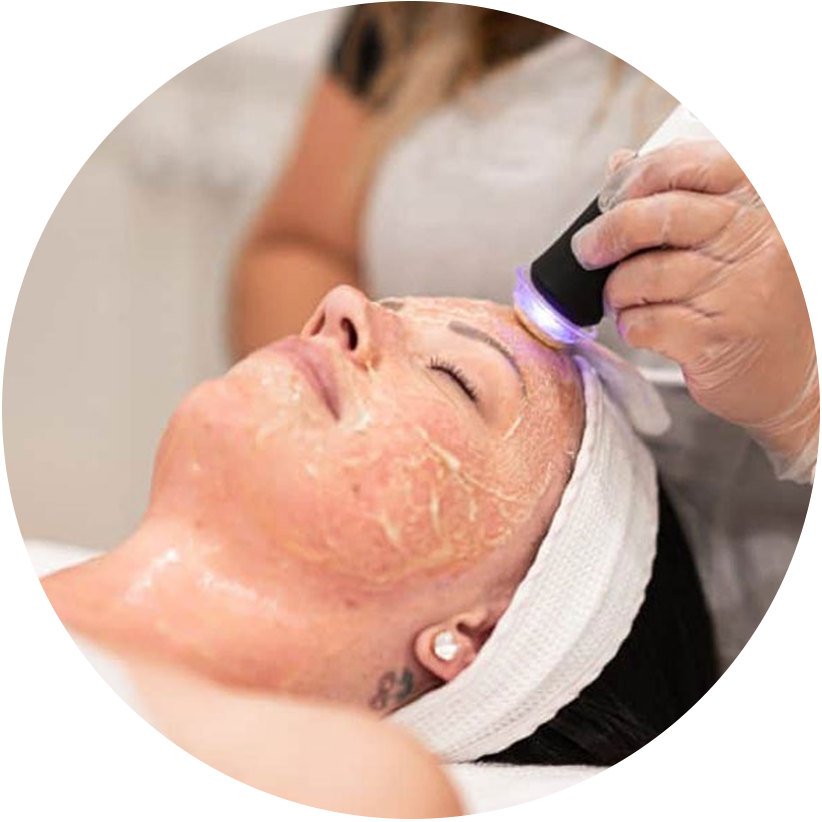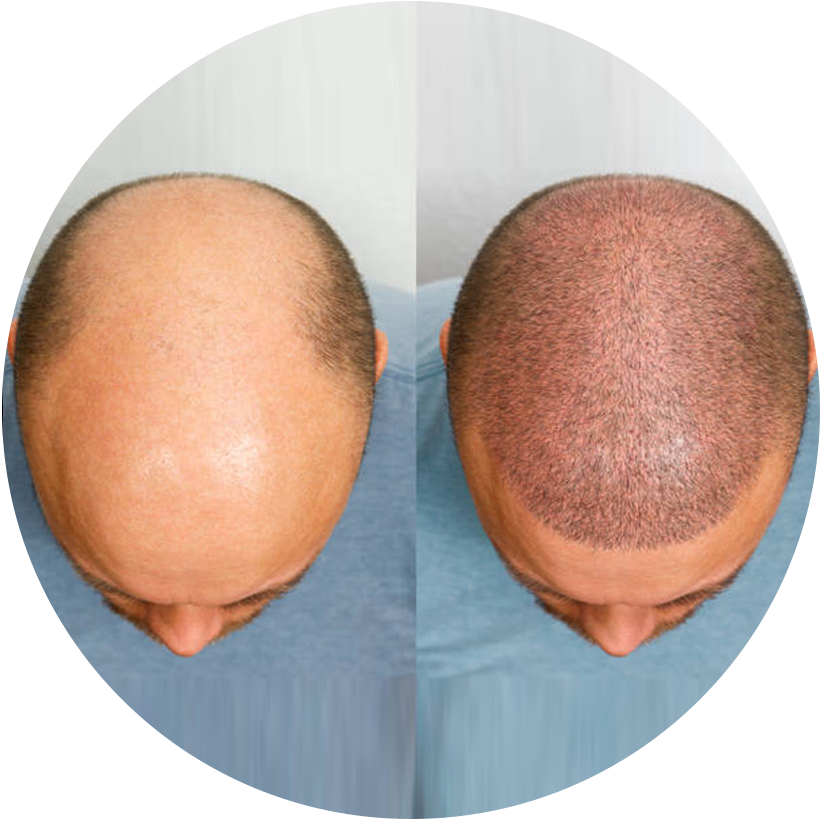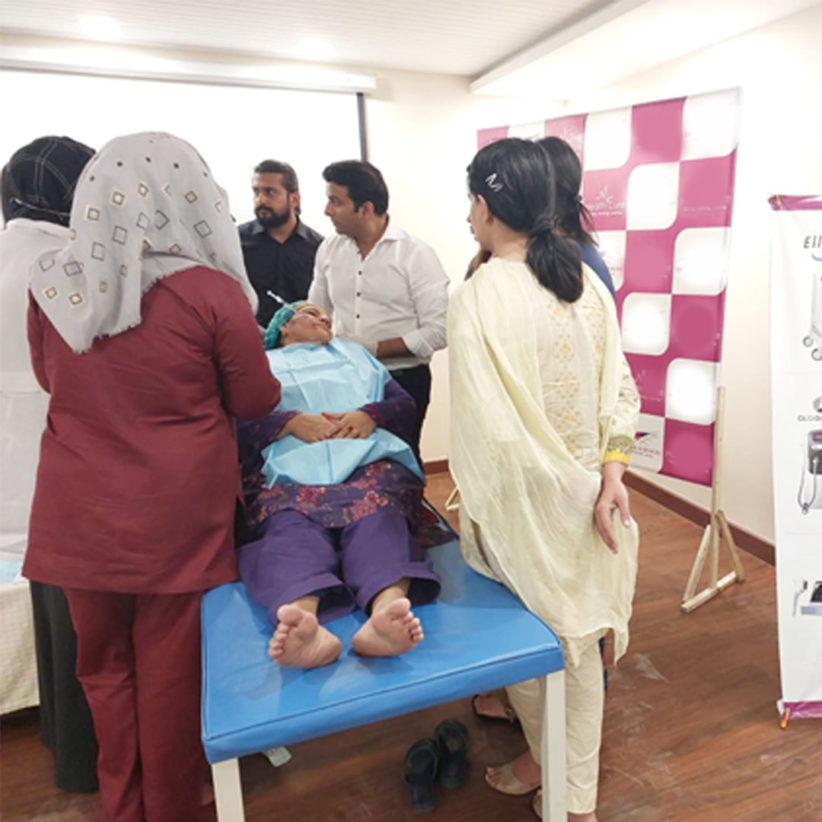Treatments to Reduce Wrinkles
Wrinkles are a normal part of your body’s aging process. If you don’t like the way your wrinkles look, there are treatment options to help improve your appearance. Most treatment options are outpatient procedures that do not require a hospital stay and provide a high satisfaction rate.

What are wrinkles?
Wrinkles are lines that form on your skin. Similar to creases in a shirt that needs to be ironed, wrinkles can form on your skin, most commonly on your face, neck, hands and arms. They may look like folds or ridges on the skin. Wrinkles are a natural part of your body’s aging process.
What causes wrinkles?
There are many factors that contribute to the onset of wrinkles, including:
◦ Aging: As you age, your skin cells divide slowly, causing the outer layer of skin to thin and wrinkles to form. After age 30, you also lose about 1% of collagen each year.
◦ Contraction of facial muscles: Using the facial muscles in your body, you smile, frown or squint. Over time, these muscles cause wrinkles between the eyebrows and wrinkles at the corners of the eyes due to weakened fat or bone mass and the effects of gravity on the skin.
◦ Sun damage: Exposure of the skin to the sun’s ultraviolet (UV) radiation can cause premature aging of the skin. The sun can damage the collagen in your skin, which provides the elasticity and firmness your skin needs to prevent wrinkles.
◦ Smoking: Tobacco products cause your body to slow down collagen production. Too little collagen causes wrinkles.
What are the treatment options for wrinkles?
Since wrinkles are a normal part of your body’s aging process, they do not need treatment. If you don’t like the way your skin wrinkles look, there are treatment options available to cosmetically improve your appearance.
Retinoids
Retinoids, which include retinol, retinal aldehyde (Retin-A), retinyl esters, adapalene, tazarotene, and tretinoin, are chemicals derived from vitamin A that help reduce lines and wrinkles in your skin and improve skin texture, pigment levels, and hydration. You can find retinol in many over-the-counter skin care products. Retinol can penetrate deep into the layers of the skin to activate collagen and elastin, which give the skin structure and support to prevent wrinkles. You can apply products that contain retinoids directly to the skin at home as a lotion or moisturizer. Check with your healthcare provider to make sure products containing retinoids are right for you.
Micro-needling
Micro-needling is a facial rejuvenation procedure that uses a device with several small needles that poke into you and create a miniature wound in the top layer of the skin (epidermis). This wound heals within minutes, causing new collagen and elastin to form as your skin heals. Microneedling is effective in improving wrinkles or fine lines on the skin.

Microdermabrasion
Microdermabrasion gently removes or abrades thick or uneven outer layers of the skin. This treatment is best for treating scars or stretch marks, skin discoloration or sun damage.
Dermabrasion
Dermabrasion scrapes away layers of your skin. This treatment removes layers of skin and reduces wrinkles or irregular skin depressions. This will help you regain smoother, more youthful looking skin.
Chemical peels
A chemical peel dissolves skin imperfections using a small amount of a chemical solution. The solution removes the top layers of your skin and makes room for new, healthy skin to grow. Chemical peels are best for treating wrinkles, skin discoloration or scars.
Laser skin resurfacing
Laser skin resurfacing reduces facial wrinkles and irregularities caused by sun damage or acne. The laser technique directs short, concentrated, pulsating beams of light at a section of your skin. You are an ideal candidate for laser skin resurfacing if you have:
◦ Fine lines under the eyes, on the forehead or in or around the mouth.
◦ Wrinkles under or around the eyes, on the forehead or in the mouth.
◦ Acne scars.
If you have active acne, you should wait until your acne is well under control before starting laser treatment. Laser resurfacing is generally more suitable for fair-skinned individuals, as dark-skinned people have a higher risk of darkening of their skin tone (hyperpigmentation) with certain treatments.
Botulinum toxin type A (Botox®, Dysport, Xeomin, Juveau) injection therapy
Neuromodulators or wrinkle-relieving treatments such as Botox® are drugs derived from botulinum toxin. They block the chemical signals that cause your muscles to contract. Your healthcare provider will inject these medications into the muscles whose contractions cause wrinkles, such as between your eyebrows (frown lines) and the lines that run from the corners of your eyes (wrinkles).
Fillers
Wrinkles that remain dormant may require filler to fill or lift skin with deep wrinkles. Prominent folds around the mouth, nose and chin are most often treated. The most common filler is hyaluronic acid, a naturally occurring sugar polymer.
Facelift
A facelift is a surgical procedure in which your healthcare provider removes excess skin and fat from your face and neck. Your provider will also tighten the muscle and connective tissue layers to reduce the appearance of wrinkles.



